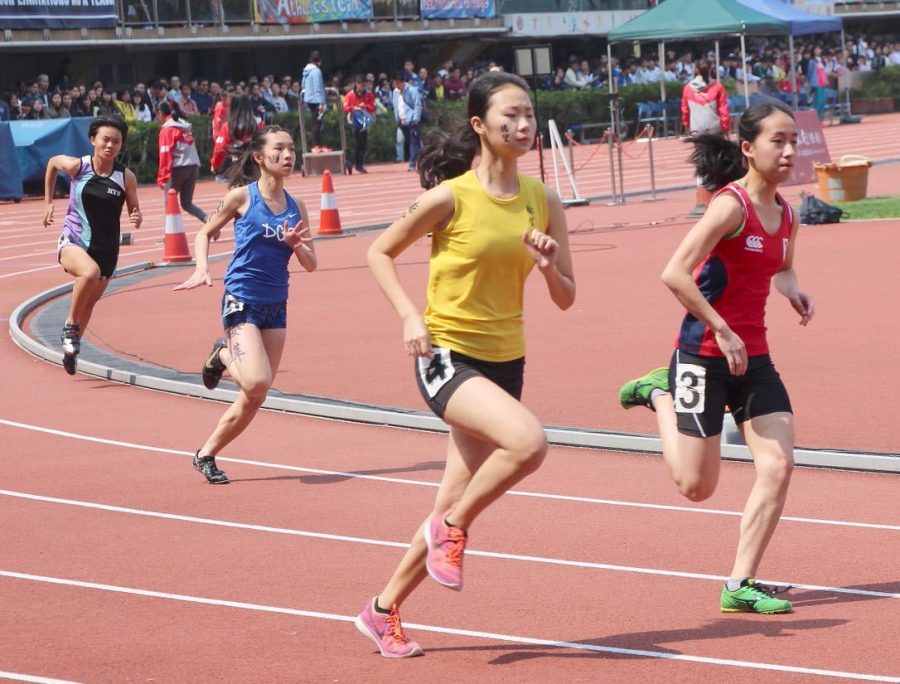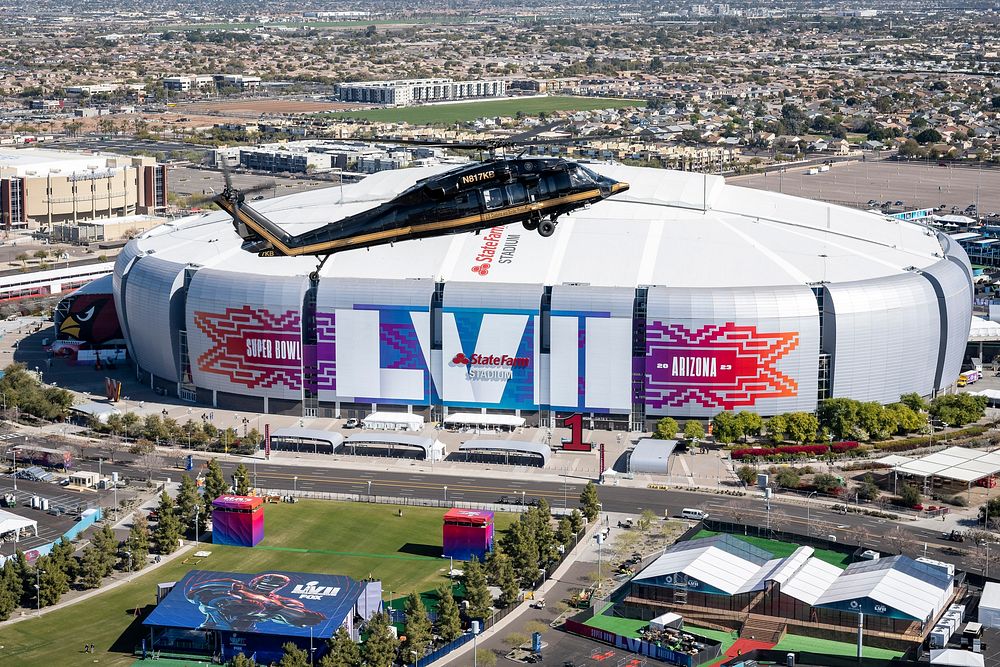Students and faculty cheer and root for the school sports stars as they have complete faith in them winning the games. Our coaches, of course, do a great job at physically training our athletes, but what goes on behind the scenes? After practice? How do the stars of the schools stay in fit and motivate themselves?
Diet and Training
The diet is plant-based and revolves around naturally healthy foods such as vegetables and fruits. This diet is high in carbohydrates, low in fat, and rich in vitamins. They try not to digest sugary foods and lean towards minerals and antioxidants. Antioxidants detox the body and are high in water like strawberries and blueberries. Athletes need slightly more proteins than average because they provide energy and essential fatty acids. They should also avoid foods like soda, sugary cereal, white bread.
The average athlete trains for six hours a day every week but according to Skyd magazine, a pro athlete trains for one to five hours a day and rest only once a month. “High school and college athletes typically reported practicing 10-12 hours, although hours did range from six hours (basketball) to 24 hours (gymnastics) per week. Those participating in club teams practiced less, averaging 6-7.5 hours per week.”
Stress
Noting these requirements, there is no surprise that there is a huge amount of stress hanging above the students. There is more pressure on an athlete than an average student. Athletes are pressured academically and are forced to maintain a specific GPA. Another expectation on the player is to keep up an image. One wrong tweet, post or text message, their entire career is on the line.
According to the NCAA’s article Mind, Body and Sport: Risk factors in the sport environment, athletes feel the most stress from time demands. Trying to balance studying, practicing, sleep, and leisure time can create more stress for an athlete.
The article also touches upon the stress athletes feel to perform well; “Another frequent source of stress is pressure to perform athletically. Some of this pressure is self-imposed. When sport is central to identity, so is sport performance. Pressure often comes from outside sources, most critically from coaches. Coaching style plays a role. When coaches use an ego/performance-centered motivational climate (as compared with a skills-mastery motivational climate), student-athletes tend to experience greater anxiety and distress, and are at elevated risk of negative outcomes, including burnout and disordered eating.”
Athletes also are more at risk of injury every time they train. Fatigue is extremely common among athletes. The pressure and lack of sleep can make anyone burn out. Athletes, because of the amount of calories they are burning, may require more sleep than the average student.
Athletes always want to get the win for their team. They will play injured if possible to make that happen. As an audience, we enjoy spectating high school games, but have we stopped to think about the amount of effort and pressure the sport requires.













